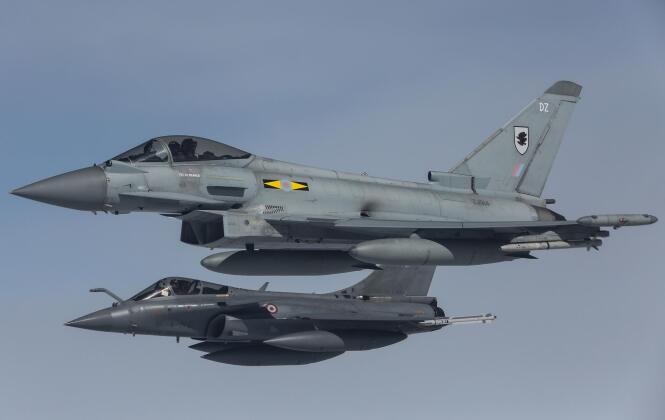News
Inexpensive F-35: How the World’s Most Costly Weapons Program Produced the West’s Most Cost Effective Fighter
The F-35 Joint Strike Fighter program was pursued primarily to develop a next generation successor to the fourth generation F-16, F-18 and Harrier II fighters in the U.S. Air Force, Navy and Marine Corps respectively, and has from the mid 2010s entered service across multiple countries at a greater rate than any other class of combat jet in the world. The overwhelming majority of fighters on order are less costly F-35A variants that will be used by the U.S. Air Force and its allies, and will serve as lighter and less costly counterparts to the twin engine heavyweight F-22 Raptor just as the F-16 did for the heavy F-15 Eagle. Unlike the Raptor and Eagle, the F-35 is not designed to contend with high performance enemy combat aircraft in air to air engagements and has only limited defensive air to air capabilities. The fighter is built around a radar cross section reducing stealth airframe and places a strong emphasis on electronic warfare, while its deeper weapons bays than the F-22 allow it to carry high diameter cruise missiles and bombs including nuclear payloads. Although officially operational, the F-35 is restricted to an initial operating capability meaning it is currently not capable of medium or high intensity combat and will require many years to be made fully combat ready.

The F-35 is set to become the most expensive weapons program in history by a considerable margin at over $1.7 trillion. As the cost of the fighter program continues to rise however, the cost of each individual fighter jet built under it has shrunk as production gains momentum. While F-35As produced in 2015 cost well over $150 million each, by January 2017 the price fell to $95 million before falling below $80 million in 2019. This was made possible as a result of the program’s vast economies of scale, as while development costs are in the hundreds of billions of dollars almost 3000 aircraft are planned which will share these expenses between them. Over two thirds of F-35s planned are set to be delivered to the U.S. Military, with large American orders being vital to driving down the unitary costs of the fighter. It is in this way that the most expensive fighter program in history, manufactured in large enough numbers, can produce an aircraft which is highly price competitive and at least somewhat cost effective.
Taking the F-35’s heavier counterpart as a counterexample, although the F-22 Raptor cost a fraction of what the F-35 did, with only 187 fighters produced research and development costs could not be shared out in the same way. This contributed to each Raptor costing over twice as much as an F-35. American fighter programs have long benefitted tremendously from economies of scale providing significant cost effectiveness advantages over those produced elsewhere in the Western world. The F-16, for example, was produced in very large numbers with over 4,500 entering service with the United States and its clients around the world, with a key to its export success being its low unitary cost and resulting price competitiveness due to the high demand from the U.S. Air Force itself. While the F-16 cost more than the F-15 to develop, its acquisition cost was at times close to half as low.

Despite being a generation ahead of all competing NATO compatible fighters, the F-35 is set remain the most cost effective in the Western world, as although China and to a much lesser extent Russia can benefit from large economies of scale for their fighter programs due to high domestic demand, European producers notably cannot. Indeed, Western European defence industries generally have notoriously poor cost effectiveness relative to their American counterparts particularly in combat aviation, as a result of a number of factors including small production runs. Even the new Swedish Gripen E light fighter, a conservative and very light ‘4+ generation’ aircraft, has a flyaway cost close to that of the F-35A despite being close to half the weight. Twin engine European fighters such as the Rafale and Eurofighter, while lagging far behind the F-35’s fifth generation capabilities, also cost considerably more per unit to acquire. The result has been a consistent inability of Western combat aircraft to compete with the F-35 anywhere where they have competed for contracts, with states across Europe selecting the F-35 despite considerable pressure from France in particular to acquire local aircraft. While European fighters have continued to gain some contracts abroad in regions where the United States has refused to offer the F-35 for export, should export restrictions on the stealth fighter be loosened it could represent a final nail in the coffin for the continent’s increasingly lagging fighter industries.












